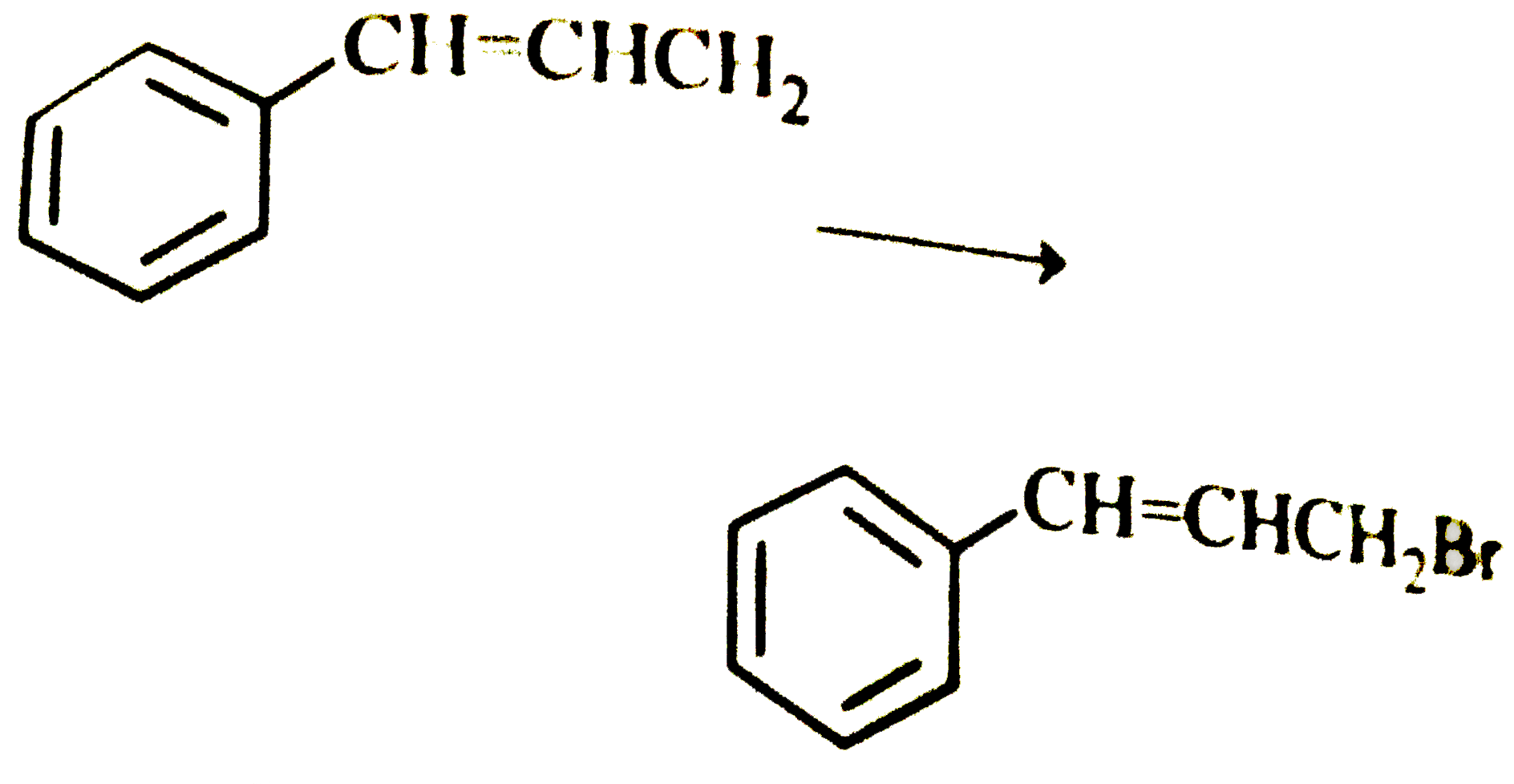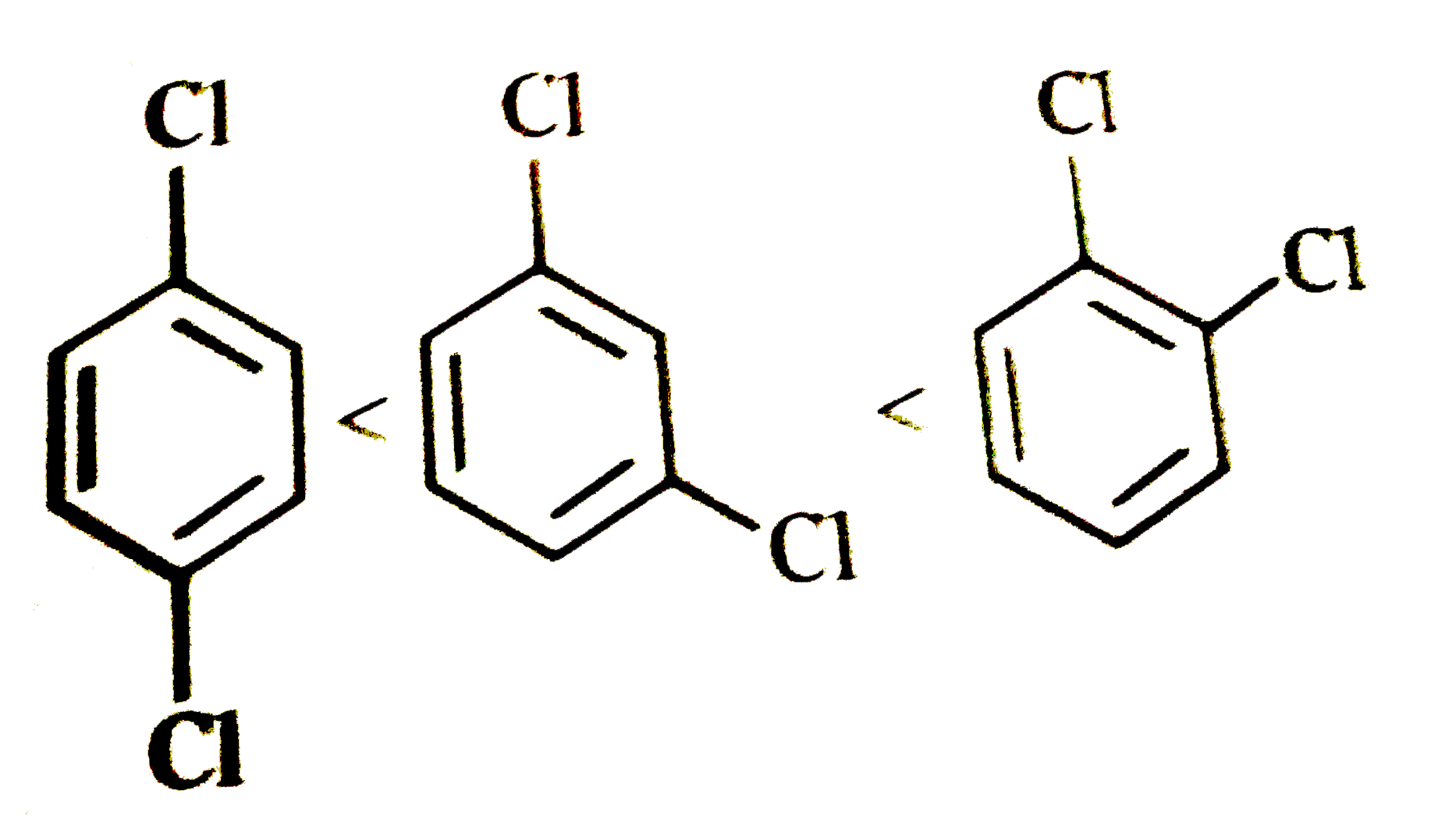Why is ammonia termed as Lewis base?
Step-by-Step Solution:
1. Definition of Lewis Base: A Lewis base is defined as a substance that can donate a pair of electrons to form a covalent bond. This is based on the Lewis theory of acids and bases.
2. Structure of Ammonia: Ammonia (NH₃) consists of one nitrogen atom and three hydrogen atoms. The nitrogen atom has five valence electrons, while each hydrogen atom has one valence electron.
3. Electron Configuration: In ammonia, nitrogen shares its three valence electrons with three hydrogen atoms to form three covalent bonds. This leaves one lone pair of electrons on the nitrogen atom.
4. Lone Pair Donation: The presence of the lone pair of electrons on the nitrogen atom allows ammonia to act as a Lewis base. It can donate this lone pair to a Lewis acid (an electron pair acceptor) to form a coordinate covalent bond.
5. Conclusion: Therefore, ammonia is termed a Lewis base because it has a lone pair of electrons that it can donate to other substances.
Topper's Solved these Questions
- EQUILIBRIUMBOOK - MODERN PUBLICATIONCHAPTER - EQUILIBRIUMEXERCISE - Revision Exercise ( short )
44 Videos
- EQUILIBRIUMBOOK - MODERN PUBLICATIONCHAPTER - EQUILIBRIUMEXERCISE - Revision Exercise ( Long )
13 Videos
- EQUILIBRIUMBOOK - MODERN PUBLICATIONCHAPTER - EQUILIBRIUMEXERCISE - Revision Exercise (Assertion Reason )
15 Videos
- ENVIRONMENTAL POLLUTION BOOK - MODERN PUBLICATIONCHAPTER - ENVIRONMENTAL POLLUTION EXERCISE - UNIT PRACTICE TEST
15 Videos
- HALOALKANES AND HALOARENESBOOK - MODERN PUBLICATIONCHAPTER - HALOALKANES AND HALOARENESEXERCISE - UNIT PRACTICE TEST
12 Videos
Similar Questions
Knowledge Check
Lewis base is
ACO2BSO3CSO2DROHThe reaction of an electrophile with a nucleophile is the same as the reaction of a Lewis acid with a Lewis base and is termed as Lewis acid-base combination reaction. Each atom in the product completes its octet ( except hydrogen which attains complete duplet) as a consequence of this combination.
In which case additional reagent is needed to generate an electrophile ?A B
B C
C DIn all cases.
DIn all cases.The reaction of an electrophile with a nucleophile is the same as the reaction of a Lewis acid with a Lewis base and is termed as Lewis acid-base combination reaction. Each atom in the product completes its octet ( except hydrogen which attains complete duplet) as a consequence of this combination.
Which is not correct increasing order of the property indicated ?ACH_(3)OHltCH_(3)CO_(2)^(-)ltCH_(3)overset(Θ) (base strength and nucleophilic strength)BFΘ<ClΘ<BrΘ<IΘ (base strength and nucelophilic strength)C D
D
(dipole moment)
